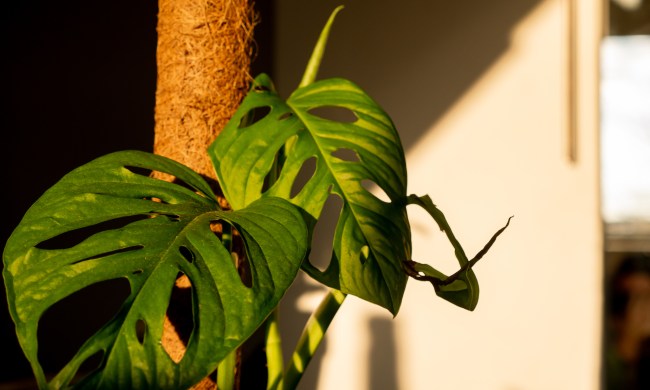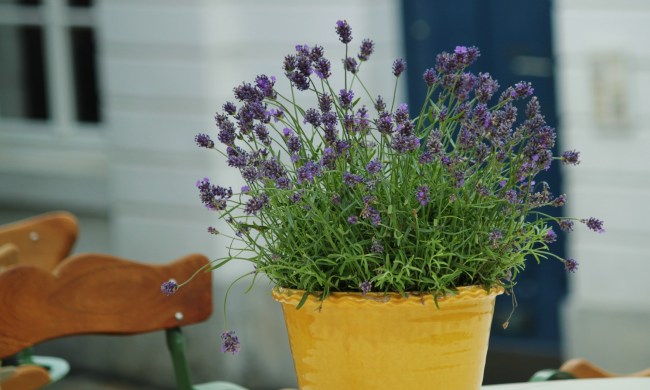Houseplants bring natural beauty indoors, and as plant-growing technology becomes more and more advanced, there are more exotic options to choose from. Plants from around the world can now be an addition to your bedroom, living room, or entryway. From flowering plants to leafy greenery, there are a variety of beautiful options to pick.
What is the most exotic plant you can grow indoors?

When it comes to finding a plant that likes to live on the wild side, there are a lot of stunning options out there. Many exotic plants have been genetically modified and maintained so they will grow beautifully in your home. If you are looking for a fun exotic plant for your house, check out some of these interesting options:
- Madagascan Palm. The Madagascan Palm, also known as the Pachypodium cactipes, is a truly unique plant. It is naturally found in Madagascar and other parts of Africa. This plant has some key features like a thick stem with little spikes, green leaves that have a waxy film, and bright yellow blooms. It can grow easily indoors as long as it has enough access to sun and ample water. As a result, you will be able to enjoy the bright and stunning flowers this plant offers.
- Wine Cup. The wine cup plant is also known by its scientific name of Crassula umbella. This plant is a stunning succulent that features cup-shaped leaves with tiny, maroon bulbs in the center. They grow naturally in southern Africa and love the heat. It is important to ensure that this indoor plant has access to plenty of light.
- Living Stone. The scientific name of this plant is Lithop. Living Stone is a very unique type of plant that is native to South Africa. It gets its name from the gray, stone-like succulents that grow on it. Although this plant normally features the succulents, it also blooms bright yellow flowers to add a little cheer to your home.
- Corkscrew Albuca. The Albuca spiralis is not only beautiful, but it also smells great. This plant blooms pretty yellow flowers that give off the scent of vanilla. The leaves grow in curls, hence the corkscrew name. The Corkscrew Albuca is native to the deserts of Africa and requires a lot of sunlight to flourish and grow.
What are some exotic flowers to grow indoors?

If you love the idea of having exotic plant life in your home but prefer color and vibrancy, then exotic flowers may be the best option. Some stunning exotic flowers that you can grow in your own home include:
- Bromeliad. This flowering plant features feathery petals that are available in many bright colors like yellow, pink, orange, and red. It grows naturally in Brazil and Paraguay.
- Clivia. The Clivia plant features large clusters of smaller-sized plants. It can grow up to 3 feet tall and requires bright light to flourish indoors. This plant grows naturally in the Eastern Cape, Swaziland, and other places.
- Lipstick Plant. The tube-like flowers on this plant are something to remember. They are bright red, which is where the lipstick name stemmed from. This plant grows in the Asian tropics.
- Moth Orchid. Orchids are a naturally beautiful flowering plant. The moth orchid features soft purple colors that bloom on brown stems. This orchid grows naturally in southeastern Asia and parts of Australia.
- Begonia. The small clusters of blooms on this plant are bright orange. The flowers stand out beautifully against the green leaves of this plant.
Exotic houseplants can be the perfect way to add some flair to your home. There are so many beautiful, foreign plants that naturally grow on the continents of Africa and Asia. With a variety of exotic plants, you can bring a touch of the world into your very own home. Many of these plants are low maintenance and easy to care for. So, if you are looking to add some natural decorations to any room in your home, check out some of these wild, exotic plants for the perfect final touch.


